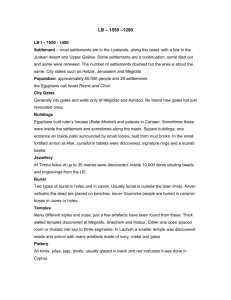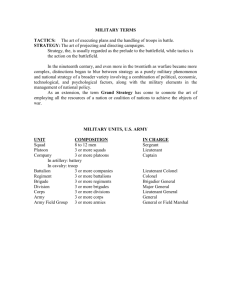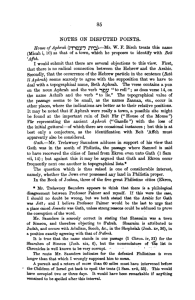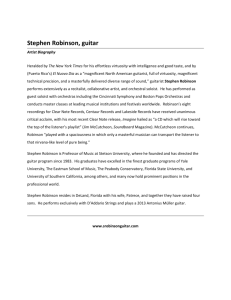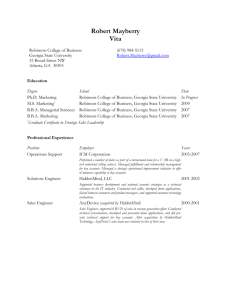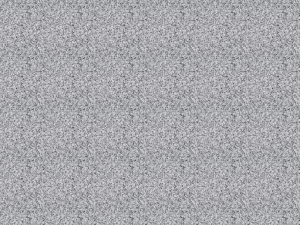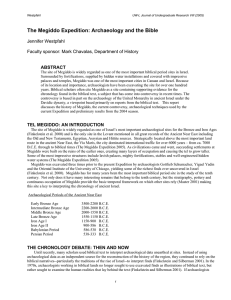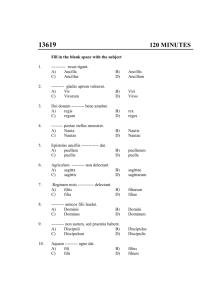223 the site of megiddo.
advertisement
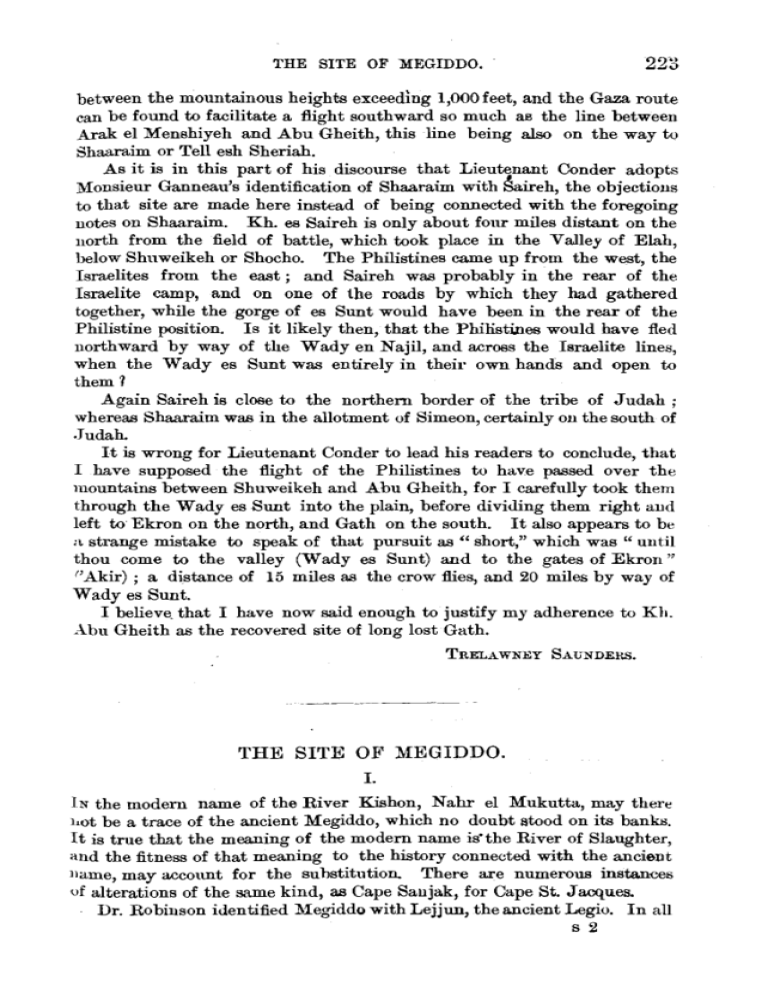
THE SITE OF MEGIDDO. 223 between the mountainous heights exceeding 1,000 feet, and the Gaza route can be found to facilitate a flight southward so much as the line between Arak el Menshiyeh and Abu Gheith, this line being also on the way to Shaaraim or Tell esh Sheriah. As it is in this part of his discourse that Lieutenant Conder adopts Monsieur Ganneau's identification of Shaaraim with Saireh, the objections to that site are made here instead of being connected with the foregoing notes on Shaaraim. Kh. es Saireh is only about four miles distant on the north from the field of battle, which took place in the V alley of Elah, below Shuweikeh or Shocho. The Philistines came up from the west, the Israelites from the east ; and Saireh was probably in the rear of the Israelite camp, and on one of the roads by which they had gathered together, while the gorge of es Sunt would have been in the rear of the Philistine position. Is it likely then, that the Philisti.nes would have fled northward by way of the Wady en Najil, and across the Israelite lines, when the Wady es Sunt was entirely in their own hands and open to them 1 Again Saireh is close to the northern border of the tribe of J udah ; whereas Shaaraim was in the allotment of Simeon, certainly on the south of .Judah. It is wrong for Lieutenant Conder to lead his readers to conclude, that I have supposed the flight of the Philistines to have passed over the mountains between Shuweikeh and Abu Gheith, for I carefully took them through the Wady es Sunt into the plain, before dividing them right and left to Ekron on the north, and Gath on the south. It also appears to be n strange mistake to speak of that pursuit as " short," which was " until thou come to the valley (Wady es Sunt) and to the gates of Ekron " 0 Akir) ; a distance of 15 miles as the crow flies, and 20 miles by way of Wady es Sunt. I believe. that I have now saiJ enough to justify my adherence to Kh. Abu Gheith as the recovered site of long lost Gath. TRELAWNEY SAUNDERS. THE SITE OF MEGIDDO. I. 1N the modern name of the River Kishon, Nahr el Mukutta, may there hot be a trace of the ancient Megiddo, which no doubt stood on its banks. It is true that the meaning of the modern name is' the River of Slaughter, and the fitness of that meaning to the history connected with the ancient llame, may account for the substitution. There are numerous instances uf alterations of the same kind, as Cape Sanjak, for Cape St. J acques. Dr. Robinson identified Megiddo with Lejjun, the ancient Legio. In all s 2 224: ON THE RIVER KANAH, ETC. probability the remarkable Tell 'el MutseUim, or Mutasellim, was the ark or fortress of both cities, but while Lejjun on the south of the Tell, doubtless represents Legio, it may be suggested that the site of the City of Megiddo is indicated by the remains extending northward and westward from the Tell, including el-Medineh, or "the City." Lieutenant Van de Velde places M;giddo on the Tell itself, but Robinson affirms that there i8 no trace of any kind to show that a city ever stood there. It appears to be quite impossible to separate Megiddo from the Kishon or Mukutta as Lieutenant Conder proposes. The alluring resemblance to the ancient name in Khurbet el Mujedda, is too heavily counterpoised by its situation in the Jordan Valley, at the easte;rn foot of Mount Gilboa, and south of Beisan ; a situation not only too far apart from Taanach and the Kislwn, but also divided from them by the bold Heights of Gilboa. In connection ,with Megiddo, Dr. Robinson has contended against identifying Jjegio with Maximianopolis, which was said by J erome to be a later name of Hadad-rimmon. In Dr. Robinson's opinion, this place had a more southerly site, and the suggestion has been confirmed by Lieutenant Van de Velde (i, "355), who claims Rummaneh near Tannuk as still retaining the essential part of the olQ name Hadad-rimmon; but he agrees with Van Rourmer against Robinson in connectiug Legio with Maximianopolis. lOth July, 1880. TRELAWNEY 8AUNDERS. II. LIEUTENANT CoNDER proposes to locate Megiddo by the Jordan in the plain of Beisan, where the name MuJedda yet remains. In his "Handbaok" he says "Egyptian and Assyrian records do not as yet cast much light on the subject." There is one passage of interest which confirms his conjecture. It is given in Brugsch's B:qypt (E.nglish edition) ii, p. 106, in a poem of Pentaur, of the time of Ramses II. It reads as there given, " Describe Bethsheal, Thargaal, the Ford of Jirduna how it is cursed. Teach me to know the passage in order to enter into the city of Makitha, which lies in front of it." This, if correctly rendered, seems conclusin. ARCH. HENDERSOX. ON THE RIVER KAN AH, THE BOUNDARY BET WEE~ EPHRAIM AND MANASSEH. THE River Kanah* was identified by Dr. Robinsont with the present Wady Kanah, a name applied to a part of the main channel of the system of watercourses which has its outfall through the Nahr el Auja. The main channel begins near Y anun, 7 miles south-east of ~ Joshua·xvi, 8; xvii, 9. t Robinson's "Bib. Researches," iii, 135; "Phys. Geog. Holy Land," 100.
